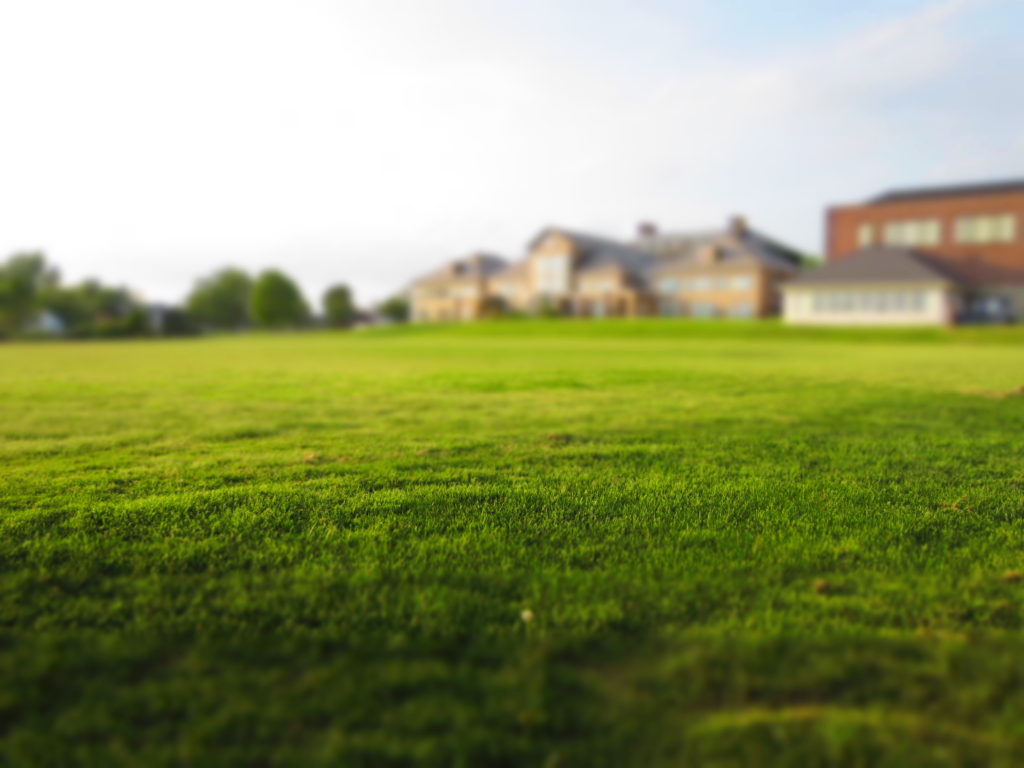
Grass is one of the most important plants on the planet, providing food for a variety of herbivores. But what exactly eats grass? And what small animals rely on it as a major part of their diet?
The list of animals that eat grass is extensive, from large herbivores such as elephants, bison, and horses, to smaller grazers such as rabbits and deer. Grass is also an important food source for many types of livestock, including cows, sheep, and goats.
One of the smallest animals that eats grass is the grasshopper. These insects have strong jaws that allow them to tear off and consume blades of grass. They can also cause significant damage to crops if populations become too large.
Another small animal that relies on grass is the vole. These small rodents consume grass blades and stems, as well as the roots of the grass. They can cause significant damage to lawns and gardens if populations become too large.
In addition to herbivores, many small insects also feed on grass. This includes caterpillars, aphids, and beetles. These insects may feed on the leaves or stems of the grass, or they may bore into the plant to feed on the interior tissues.
Despite its importance as a food source, grass also has many vulnerabilities. One of the main vulnerabilities of grass is fire. Grass is highly flammable and can easily ignite during dry, hot conditions. This can have devastating effects on entire ecosystems, destroying the food source for many herbivores and leading to declines in populations.
Grass is also vulnerable to grazing by large herbivores. Overgrazing can damage the root systems of grasses, making it difficult for the plant to recover and grow. This can lead to significant declines in grass populations, which can have cascading effects on the entire ecosystem.
In conclusion, while grass may seem like a simple and ubiquitous plant, it plays a critical role in the diets of many herbivores and small animals. It is also vulnerable to predation and overgrazing, making it important for us to protect and preserve grasslands and other grassy ecosystems.
Leave a Reply